7 Vibrant Dance Styles for International Dance Day
Dance brings people together from all over the world, no matter where they come from or what they believe. With International Dance Day coming up soon, it’s a great chance to dive into the exciting world of dance and find joy in different styles and beats. Here, we’ll introduce you to seven amazing dance forms celebrated worldwide.
7 Vibrant Dance Styles for International Dance Day
Salsa
Salsa, born in the lively streets of the Caribbean, carries the soulful beats of Cuba and Puerto Rico in its very essence. Its roots run deep in the vibrant culture of these regions, where music and dance are woven into the fabric of everyday life. The dance itself is a testament to the energy and passion of its origins, with its signature moves and rhythmic footwork reflecting the joyful spirit of its people.
What makes salsa truly special is its ability to unite people from all walks of life. Whether you’re a seasoned dancer or a novice, salsa welcomes everyone with open arms. The infectious rhythms and lively percussion create an irresistible urge to move your body and let loose. Whether you’re dancing with a partner or joining a group on the dance floor, salsa fosters a sense of connection and camaraderie that transcends language and cultural barriers.
But salsa is more than just a series of steps; it’s a social experience unlike any other. It’s about forging new friendships, sharing moments of laughter and joy, and celebrating life in all its glory. In a world where we often find ourselves disconnected from one another, salsa offers a refreshing reminder of the power of human connection.
So why should you try salsa? Because it’s an opportunity to immerse yourself in a rich and vibrant culture, to challenge yourself physically and mentally, and to experience the sheer joy of dancing your heart out. Whether you’re looking to spice up your social life or simply looking for a fun way to stay active, salsa has something to offer everyone. So grab a partner, hit the dance floor, and let the rhythm of salsa sweep you off your feet.
Mohiniyattam
Mohiniyattam, originating from the lush landscapes of Kerala, South India, is a classical dance form steeped in rich tradition and history. Its origins can be traced back to ancient times, where it flourished as a sacred art form performed in temples and royal courts. Today, Mohiniyattam continues to enchant audiences with its mesmerizing beauty and elegance.
What sets Mohiniyattam apart is its graceful movements and delicate expressions. Dancers embody the role of Mohini, the celestial enchantress, as they glide across the stage with poise and precision. The intricate hand gestures, known as mudras, convey a myriad of emotions and stories, adding depth and complexity to the performance. Accompanied by classical Carnatic music, Mohiniyattam creates a mesmerizing symphony of sight and sound.
But beyond its technical prowess, Mohiniyattam is a celebration of femininity and grace. The dance form exudes a sense of softness and sensuality, inviting audiences to revel in its beauty. Each movement is imbued with a sense of storytelling, transporting viewers to a world of myth and legend.
For those looking to explore Indian culture and tradition, Mohiniyattam offers a gateway to a rich and vibrant heritage. Through its expressive movements and captivating performances, Mohiniyattam provides a glimpse into the soul of South India. It’s a chance to connect with the past while embracing the beauty of the present.
So why try Mohiniyattam? Because it’s more than just a dance; it’s an experience that celebrates the essence of womanhood and the timeless allure of Indian artistry. Whether you’re a seasoned dancer or a curious newcomer, Mohiniyattam promises to captivate your senses and leave you spellbound.
Jazz
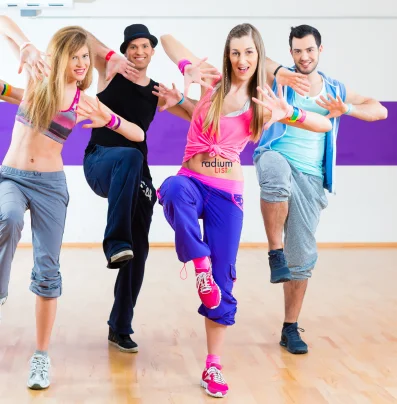
Jazz dance, born from the vibrant culture of African-American communities in the United States, is a lively and expressive art form that embodies freedom and creativity. Its origins can be traced back to the early 20th century, where it emerged as a fusion of African rhythms, European dance styles, and American influences.
What sets jazz dance apart is its emphasis on improvisation and individual expression. Dancers are encouraged to let loose and interpret the music in their own unique way, resulting in dynamic and spontaneous movements. From quick footwork to fluid spins, jazz dance is characterized by its energetic and syncopated rhythms, reflecting the spirit of jazz music itself.
At the heart of jazz dance is the idea of freedom. Unlike traditional dance forms, jazz allows dancers to break free from rigid structures and rules, giving them the freedom to explore movement and emotion. Whether you’re dancing solo or with a group, jazz offers a platform for self-expression and creativity, allowing dancers to showcase their personality and style.
One of the most appealing aspects of jazz dance is its versatility. It can be performed to a wide range of music genres, from classic jazz tunes to contemporary pop hits. This versatility opens up endless possibilities for choreography and allows dancers to experiment with different styles and techniques.
Ultimately, jazz dance is about celebrating life and embracing the joy of movement. Whether you’re a seasoned dancer or a beginner, jazz offers a welcoming and inclusive environment where everyone is encouraged to express themselves freely. So why try jazz dance? Because it’s not just about the steps; it’s about letting go, feeling the music, and expressing yourself in the most authentic way possible.
Bhangra
Bhangra, originating from the vibrant Punjab region of India, is a dance form that radiates energy and happiness. Rooted in the agricultural traditions of the region, Bhangra is a cultural expression of joy and celebration, often performed during festivals and special occasions.
The essence of Bhangra lies in its exuberant movements and rhythmic beats. Dancers showcase their vitality through dynamic steps, vigorous jumps, and spirited spins, all accompanied by the lively sounds of traditional Punjabi music. The rhythm of the dhol drum sets the pace, driving dancers to move with infectious enthusiasm.
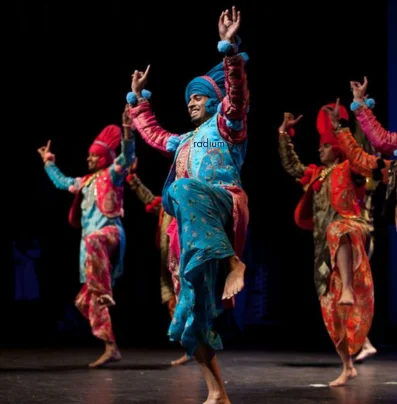
What makes Bhangra truly special is its ability to bring people together. Whether you’re dancing with friends at a festival or learning the steps in a dance class, Bhangra fosters a sense of community and camaraderie. The synchronized movements create a sense of unity, as participants share in the joy of the dance.
Trying Bhangra is an opportunity to experience the rich culture and heritage of Punjab firsthand. As you immerse yourself in the vibrant rhythms and colorful costumes, you’ll feel a sense of connection to the traditions of the region. Bhangra is not just a dance; it’s a celebration of life, a chance to let go of inhibitions and embrace the spirit of togetherness.
Why not give Bhangra a try? Because it’s a joyful representation of culture, harmony, and vitality rather than just a dance. Bhangra is guaranteed to make you grin and feel better, whether you’re dancing in a group or just swaying to the music on your own.
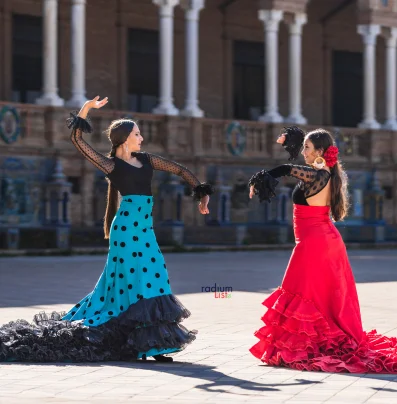
Flamenco
Flamenco, born in the vibrant Andalusian region of Spain, is a dance form that embodies passion and intensity. Its origins lie in the cultural melting pot of Spain, blending influences from the Romani people, Moorish traditions, and Spanish folk music.
What sets Flamenco apart is its raw emotional expression. Dancers pour their heart and soul into every movement, conveying a range of feelings from longing to joy to sorrow. The intricate footwork, known as zapateado, adds a rhythmic complexity to the dance, while the graceful arm movements and dramatic poses capture the essence of Flamenco’s soul-stirring melodies.
Flamenco music, with its soulful singing and haunting guitar melodies, serves as the heartbeat of the dance. The passionate vocals and intricate guitar solos evoke a sense of longing and yearning, transporting listeners to the sun-drenched streets of Andalusia.
Trying Flamenco is an opportunity to tap into your own emotions and express them through movement. Whether you’re dancing alone or with a partner, Flamenco invites you to unleash your inner passion and embrace the intensity of the dance. It’s a chance to connect with the rich cultural heritage of Spain and experience the power of Flamenco’s emotive storytelling.
So why try Flamenco? Because it’s more than just a dance; it’s a journey into the depths of human emotion. Whether you’re drawn to its fiery energy or its soulful melodies, Flamenco offers a transformative experience that will leave you feeling exhilarated and alive.
Freestyle
Freestyle dance is like painting with your body; there are no lines to stay within, no boundaries to hold you back. It’s all about letting your inner rhythm guide you and expressing yourself in whatever way feels right. Whether you’re grooving to the latest pop hit or swaying to a soulful ballad, freestyle dance is your chance to shine.
There’s something liberating about freestyle dance. It’s not about getting every move perfect or following a strict routine; it’s about embracing your uniqueness and letting your spirit flow freely. With freestyle dance, there’s no judgment or criticism – just pure, unadulterated joy.
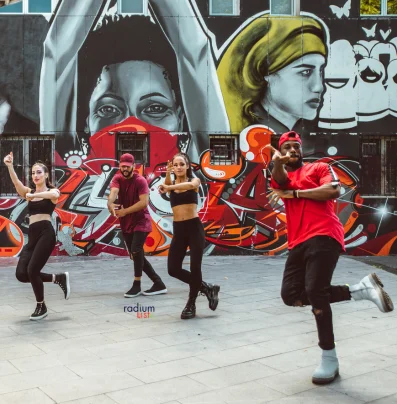
One of the best things about freestyle dance is its versatility. You can do it anywhere, anytime, to any music. Whether you’re alone in your room, at a dance club, or even just walking down the street with your headphones on, you can bust a move and let the music move you.
But perhaps the most compelling reason to try freestyle dance is the sense of liberation it brings. In a world where we’re constantly bombarded with expectations and pressures, freestyle dance is a breath of fresh air. It’s a chance to let go of your worries, forget about your troubles, and just dance like nobody’s watching.
So why try freestyle dance? Because it’s an expression of freedom, individuality, and pure joy. It’s a reminder that sometimes, the best way to navigate life’s twists and turns is to just let go and dance.
Contemporary
Contemporary dance is like a melting pot of different styles, blending together to create something entirely new and unique. It’s not bound by tradition or rules; instead, it’s about breaking free and pushing the boundaries of what dance can be. With its fluid movements and expressive storytelling, contemporary dance is a window into the soul, a way to express emotions and ideas without words.
The adaptability of contemporary dance is one of its most alluring features. It draws inspiration from a wide range of sources, from classical ballet to street dance, allowing dancers to explore different techniques and styles. Whether you’re a trained dancer or just someone who loves to move, contemporary dance offers something for everyone.
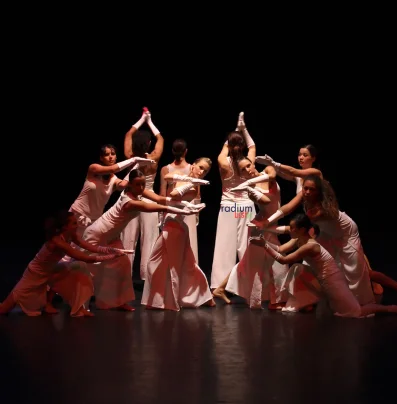
But perhaps the most compelling reason to try contemporary dance is the sense of freedom it brings. In a world where we’re constantly bombarded with expectations and pressures, contemporary dance is a chance to let go and be yourself. There are no right or wrong moves, no judgment or criticism – just pure, unadulterated expression.
Contemporary dance is also a celebration of innovation and creativity. It’s constantly evolving, with choreographers and dancers pushing the boundaries of what’s possible. Whether you’re exploring new movements or experimenting with different styles, contemporary dance is a journey of self-discovery and growth.
So why try contemporary dance? Because it’s a celebration of freedom, creativity, and self-expression. It’s a chance to break free from the constraints of everyday life and let your spirit soar. Whether you’re dancing alone in your room or performing on stage in front of thousands, contemporary dance is your opportunity to shine.
